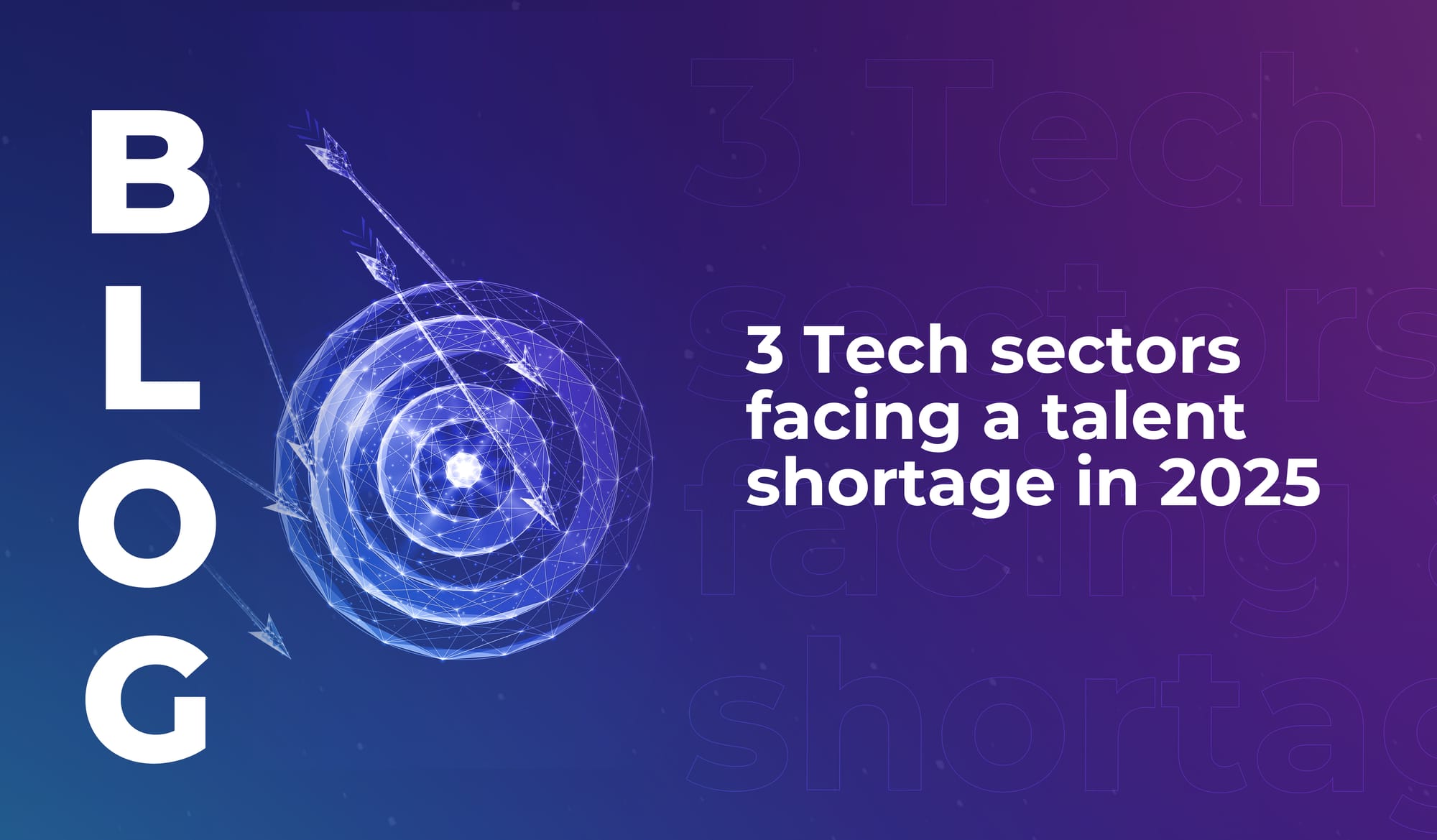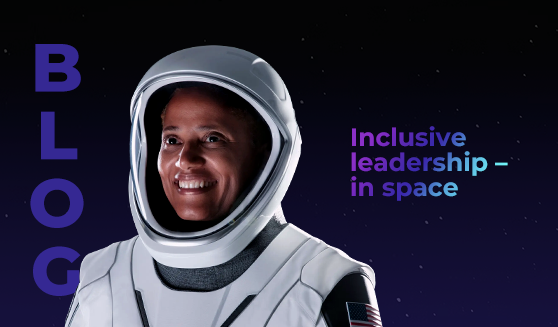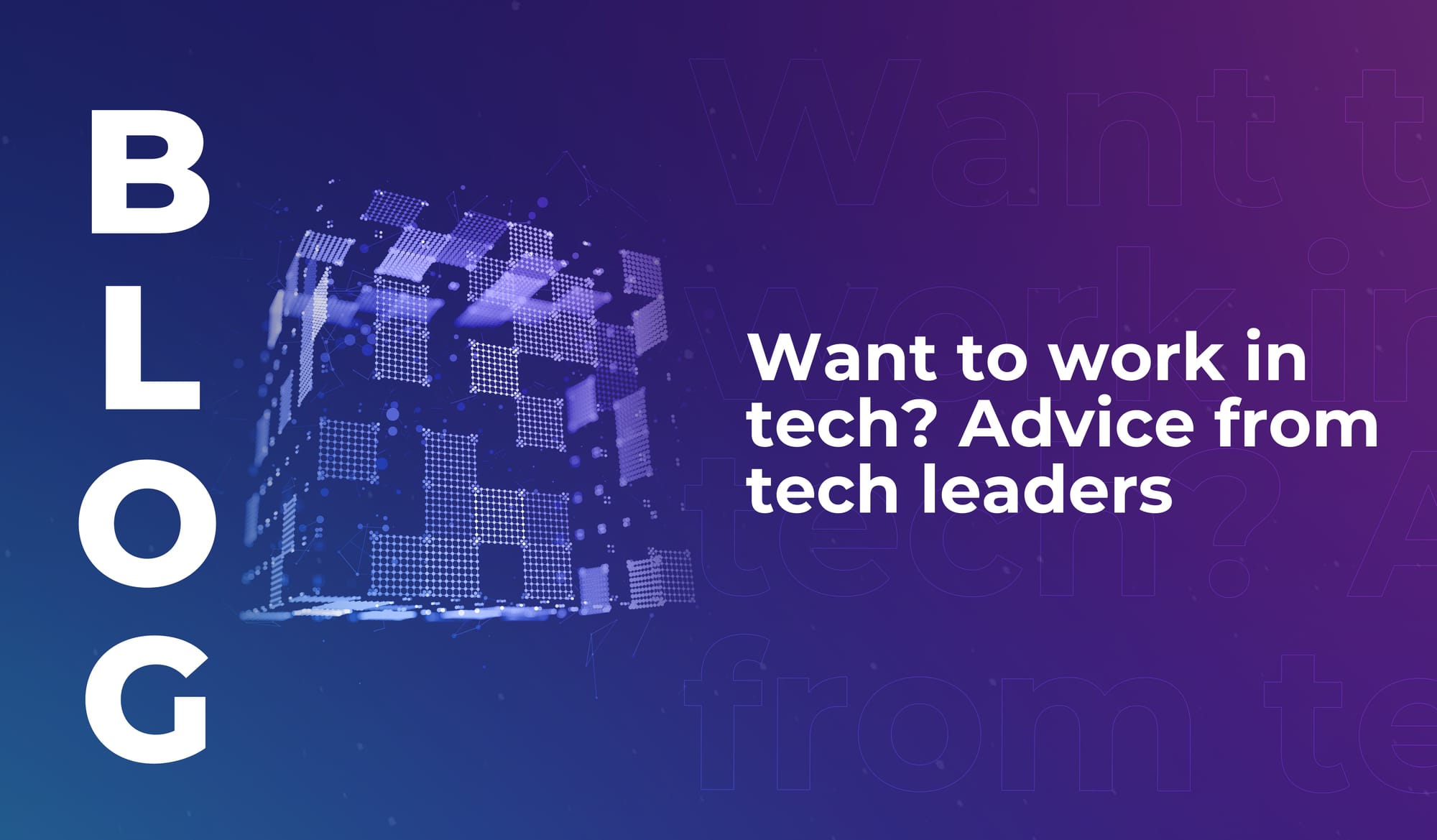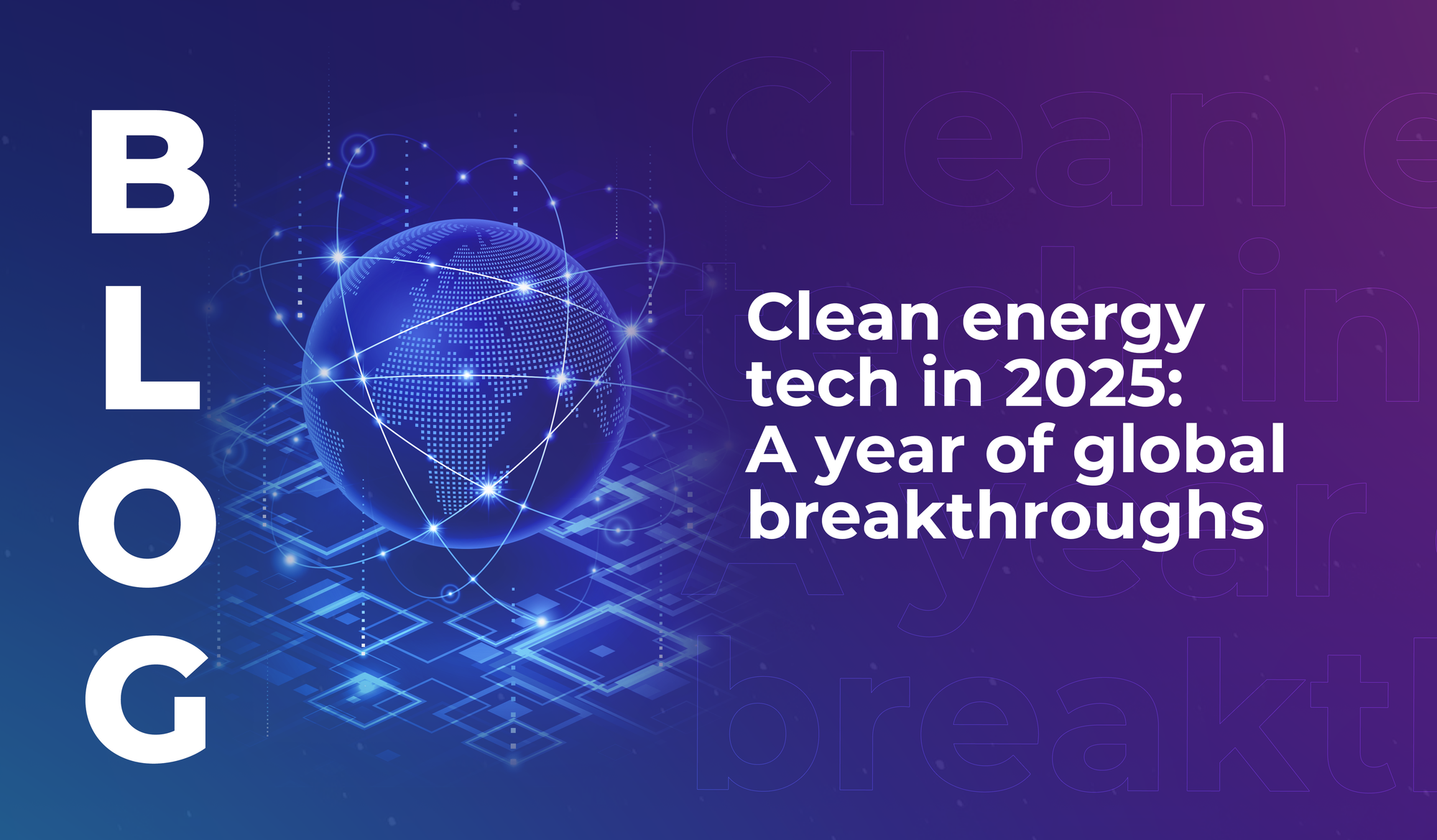
3 Tech sectors facing a talent shortage in 2025
Discover three tech sectors facing a talent shortage this year. Could you find your ideal role in a high-demand sector like cybersecurity, cloud computing, or artificial intelligence?


“Our whole capsule is flooded with light as the forward hatch opens and reveals Earth. And for me, capturing this moment of awe and wonder and beauty that we felt in that moment…and when I think about my time in space…it’s the moment of Earth light. Feeling the Earth’s light upon my face was transformative.”
In 1921, Bessie Coleman became the first African American woman to get her pilot’s licence. But segregation meant she wasn’t allowed to do it in the US – so she took French lessons and saved money to travel to France, and train for her licence there.
On stage at LEAP 2023, Dr. Sian Proctor (Geoscientist, Astronaut, Artist, Space2inspire) said:
“One hundred years later I became the first African American woman to pilot a spacecraft.”
But what’s that got to do with leadership?
Proctor’s relationship with space started in the womb. Her dad worked at the NASA tracking station on the island of Guam, and that’s where she was born. After her family moved off the island, she grew up surrounded by the stories and memorabilia of the Apollo missions her dad had worked on – and she knew she wanted to be an astronaut.
“A lot of people don’t know this,” she said, “but the Apollo 11 crew, including Neil Armstrong, went to the tracking stations around the world. And my dad got to meet Neil Armstrong and got his autograph, thanking him for all his help.”
But becoming an astronaut was an ambitious goal – and as she grew up, Proctor shifted her focus. “I went off and I got my degrees, and I became a geoscientist, and I’ve been a geology professor at South Mountain Community College, teaching for the last 23 years.”
Until September 2021 – when, by the grace of poetry and Twitter, Proctor became a SpaceX astronaut, and the pilot of the Crew Dragon mission Inspiration4.
“When I think about leadership and the lessons that I’ve learned over the past 25 years of my career, I think about how preparation, persistence, opportunity and responsibility have all come together to shape me over time,” she said.
When she launched into space, Proctor had her dad’s Neil Armstrong autograph with her. Her parents had both died decades earlier – “but having Neil Armstrong’s autograph with me meant that I was bringing them with me on this transformative journey.”
Very few people have heard of Bessie Coleman. But Proctor is determined to spread her name far and wide – to highlight the legacy of bravery that has become part of her own journey as a pilot and astronaut.
Why? Because with opportunity comes responsibility; and Proctor wants to use her opportunities not just to further her own goals, but to elevate others.
“When we’re pursuing these grand gestures, how do we make it so that we’re bringing all of humanity with us? How do we make it so that everybody benefits from the bounties that come along with human space travel?”
Space travel – and technology in general – doesn’t have to ascribe to the conventions of competitiveness and exclusivity.
“There’s a new way of leading,” Proctor said, “And that is inclusive and complementary. That’s why we are all here. That’s why we see the diversity in this room. It’s about being inclusive on this journey of Starship and beyond.”
So how does Proctor sum up what she’s learnt about leadership over the course of her varied, unexpected career to date?
“Space to inspire,” she said. “When people hear me say space to inspire, they think I’m talking about outer space. But I'm talking about this space. The space you inhabit.”
How you use the space you have, and the platform you have, is important. So use it to lift up and inspire those around you, and to welcome in the people who’ve been left on the sidelines.
In space, inclusive leadership is essential: everyone involved in a mission has to be valued, supported, and given the tools they need to do their job. But that same inclusive leadership is essential in all spaces: including yours.

Discover three tech sectors facing a talent shortage this year. Could you find your ideal role in a high-demand sector like cybersecurity, cloud computing, or artificial intelligence?

We’ve gathered advice from tech leaders to help you find your career in tech – so you can get in, stay in, and thrive.

Tan Wooi Leong (Managing Director, Energy and Industrial at Surbana Jurong) says collaboration is critical to drive progress in clean energy transformation. Discover the latest clean energy tech developments this year.

Discover three tech sectors facing a talent shortage this year. Could you find your ideal role in a high-demand sector like cybersecurity, cloud computing, or artificial intelligence?

We’ve gathered advice from tech leaders to help you find your career in tech – so you can get in, stay in, and thrive.

Tan Wooi Leong (Managing Director, Energy and Industrial at Surbana Jurong) says collaboration is critical to drive progress in clean energy transformation. Discover the latest clean energy tech developments this year.